My brother's widow Maria turned 70 today but had no celebration for the event. Mental Illness has been a dance partner of hers since childhood, and when my brother died over 15 years ago, her symptoms grew worse. She lives far away from me in a dilapidated farmhouse. It's a middle-class Grey Gardens that sprawls across 10 acres of land- now so overgrown that Machu Picchu could lie underneath it.
I remember the house during my brother's last year of life when he was out of breath from pulmonary fibrosis and in deep denial that the disease would quickly kill him. That final summer, Dad and I helped maintain the property by cutting the grass and tending to the flower beds. I think I was the only one who understood that my brother's life was coming to an end. I didn't have the heart or courage to let my dad know- how pessimistic I was for Pete's survival.
I remember on several occasions telling Peter that even at 49, it was a good idea to put together a will and name an executor for his artwork. But he didn't because he was superstitious and felt naming an executor wasn't prudence but surrendering to his lung disease. I wish I had been more insistent.
Sadly, most of Peter’s art, which wasn’t sold to patrons or in my father’s possession, is boxed up and stored with Maria in that decaying farmhouse. Like her, Pete’s art is shut in and shut out from the outside world. For an artist, it’s a second death and just as terrible as the first.
Two years ago, I was diagnosed with the same lung condition as Peter. Unlike my brother, I know my clock is ticking down faster than I’d like. But Peter taught me you do the work of living until your last breath. After you go, the only thing that remains is the love, friendship, art, history, memoir, literature and politics you leave behind for others until even that is swept into the sea of the forgotten.
Life is a brief flirtation with our existence and the lives of those around us. So, live it while you can.
Shortly after my brother died, many of Peter’s last works were exhibited across Canada at university art galleries. Maria wrote an essay for the exhibition's brochure, which is below.
Step Right Up Folks! See-through the eyes of Peter Scott Smith: microscopes, telescopes, periscopes, and kaleidoscopes... All these and more!
There: in Toronto see Peter standing on the corner of Spadina and Queen, eating a hot dog and waiting for the late-night streetcar to take him home.
Here! Marvel at Peter untethered by time and space, travelling through the cosmos or the 21st dimension in all of the creation ...his mind a giant satellite dish.
Then weep as Peter lies strapped to a hospital bed, unable to speak yet with eyes wide open.
As Peter's wife, I recall him at work in his studio. I had seen him frown at the components of an art piece; heard him hammering and sawing. Knew he was spattering paint, sticking on pictures and stickers- wrestling with forms designs and ideas I also remember my husband lying alone on the bed, wandering the labyrinths of his mind, alienated from daily life. Peter, one moment moody and stubborn, combustible with alarming volcanic emotions. The next moment, gentle and vulnerable is a child; full of wonder laughing mischievous affectionate and creative.
He loved the visual rawness of all untutored artists- that unpolished complexity that some called "art brut" And while his work often embodied such qualities, it was too canny to be considered "brut." Capable of the finest lines in classical but expressive forms, he rejected these for something more personal and idiosyncratic. He always felt like an outsider to the art world.
When I first met Peter he was a fledging artist of 28. He embodied the archetypal role of the "starving artist" living in his barebones loft and supporting himself in any detestable way he could. Detestable because these jobs were not his artwork. Mostly, he lived to paint. I was captivated by his single-mindedness and felt I had discovered the real article- full of passion, intensity and uncompromising vision: dedicated to the timeless ideals that have animated all artists possessed by a spirit.
Back then, disgusted by the conventional easy trod paths, Peter railed against academic art. Yet he admired expressive painters such as Kokoschka and Soutine. I was confused by his deep admiration for Rembrandt, but I paid attention and tried hard to learn what it was that impressed him. Hoping to become his muse I sat for my portrait I watched Peter attack the canvas in sand slash away swearing sweating and smoking. He would stand back from it, squinting intensely frowning fiercely then jump again into the fray. From my point of view, an interesting picture was emerging. But in a short time he would impatiently destroy the peace. What was it, I wondered that he wanted?
As we rummaged in Toronto's curiosity shops together, we always found images and objects to inspire us, taking it all in- together. Sometimes it was the image of another artist, but just as often it was scientific diagrams photos of natural phenomena or even oriental carpets. In art books, we were both attracted to mediaeval art, native art, "non-art." We were captivated by Breughel and Bosch's complex fantastical worlds could Joseph Cornell perhaps be a soul mate?
Searching, searching, searching. One day it's Rembrandt the next day it's comic books however we didn't know that Peter was walking so near a mental precipice. Forces beyond his control gradually took possession of his mind. Peter slipped into a vortex of hellish hallucinations and murderous voices- diabolical world conspiracies and poisonous intentions. For a while, he was almost out of reach and drowning. A man held captive by evil spirits and tortured. Peter shining youthful vitality sucked into Alice's rabbit hole-on a very bad trip, indeed.
A place where there was no more art and all meaning was distorted.
Eventually, as his parents and I stood by him and urged him to come back to us, some treatments slowly started to free him. A delicate green shoot of hope emerged from the earth of his soul. We all learned to nurture it, and finally, he did too but years had been lost.
Peter began again. What ultimately rescued him from his abyss seems clear to me: love and art. The impulse to draw was revived in him and soon he was using the wood carving tools his father gave him, teaching himself a new medium. One day, I was stunned to see a beautiful woodcut print, then another. Peter seemed to have been reborn in a new incarnation. For a while he was shell shocked but gradually gathering energy from the internal combustion engine intact in his soul- he expanded outward. Eventually, Peter achieved a balance, with new medications the love of the rest of us in his love of creating. At times, he was still very fragile. Even when apparently stable, he had to remain vigilant to keep the old demons at bay. If for instance, we ventured again into the heart of the city, he was apt to suddenly express an urgent need to retreat to the safe haven of our apartment,
"It's all going too fast," he'd mutter a haunted look on his face. Often Peter needed to retreat alone into long, long naps then stagger out of bed to settle into his favourite chair with coffee, cigarettes and the ever essential pen and a scrap of paper. Moments of clarity he guarded jealousy. They were mainly spent with his first love, art.
A new vision emerged for Peter. He wrung and sweated out of himself. Towards the unexpected end of his life, cut short by pulmonary fibrosis he was as happy and as confident as I'd ever seen him. His muses had been dollar stores, nature books science, ideas shared with friends- anything that came his way. Themes surfaced and submerged. Peter was still searching but now he could take hold of his visions- pull them from chaos into the light of day as tangible coherent art.
I think of Peter's life view when I recall a traditional Jewish story: there was a rabbi who kept in one pocket pieces of paper on which were written: "You are made of dust and to dust you shall return." In the other pocket, the paper read: "You are made in the image of God; a little lower than the angel."
Peter had come back from a place we all take pains to avoid; from the darkest reaches of despair, meaningless and hopelessness. Loosed from the mind-forged manacles of rationality, he learned to balance on the border between reason and awe. His visual statements raised more questions than answers.
If you look searchingly at his work, you will see what Peter was observing with those unique eyes of his- it is up to us to "connect the dots."
Thanks for reading and supporting my Substack. Your support keeps me housed and allows me to preserve the legacy of Harry Leslie Smith. Your subscriptions are so important to my personal survival because like so many others who struggle to keep afloat, my survival is a precarious daily undertaking. The fight to keep going was made worse- thanks to getting cancer along with lung disease and other comorbidities, which makes life more difficult to combat in these cost-of-living, tariff war crisis times. So, if you can, join with a paid subscription, which is just 3.50 a month, or a yearly subscription or a gift subscription. I promise the content is good, relevant and thoughtful. But if you can’t it is all good too because I appreciate we are in the same boat. Take Care, John.




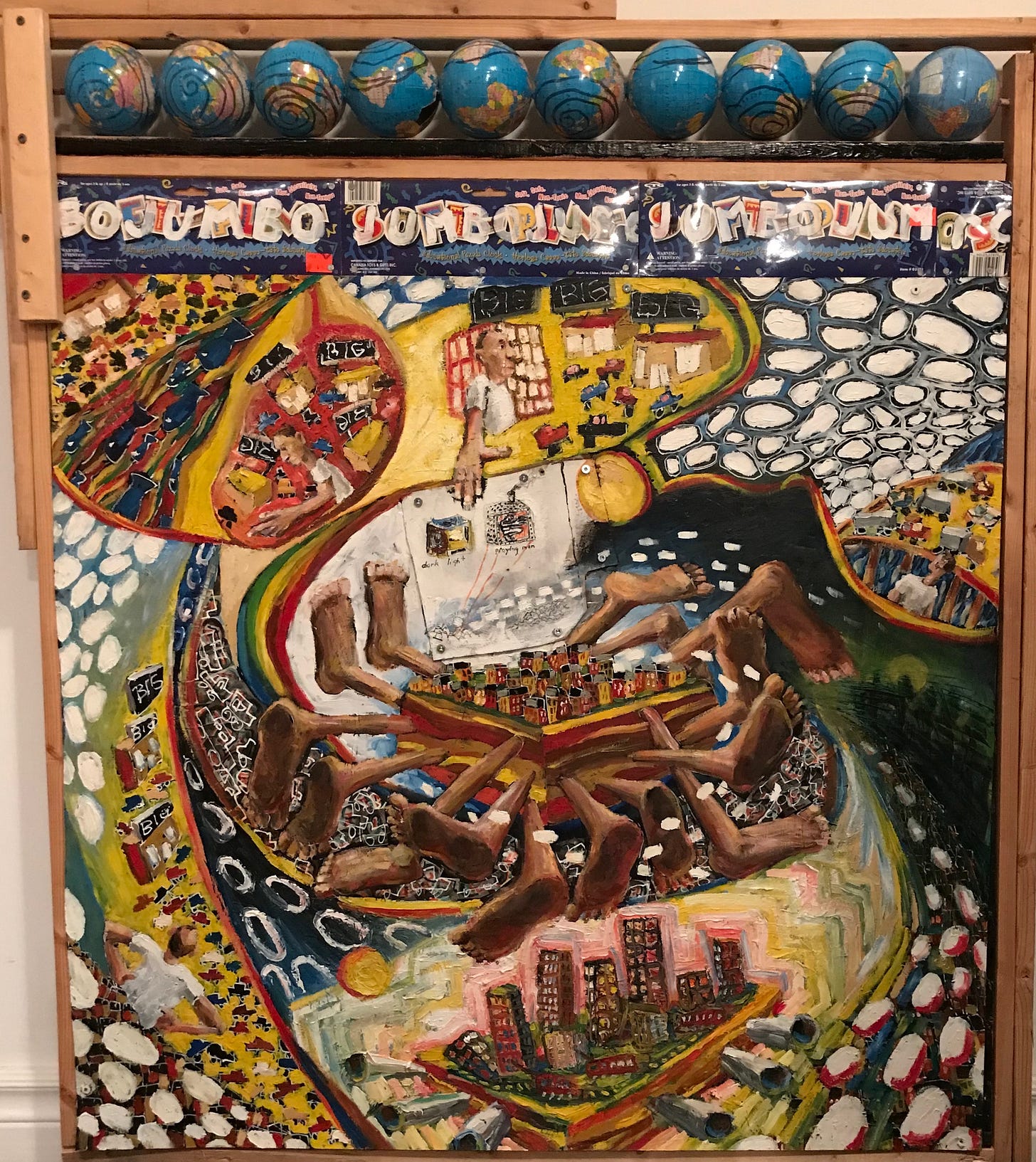

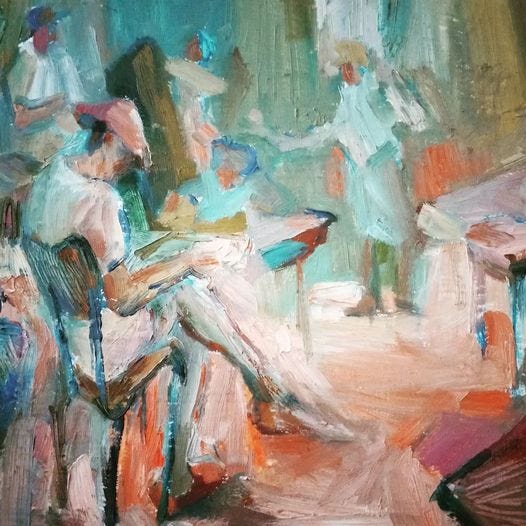

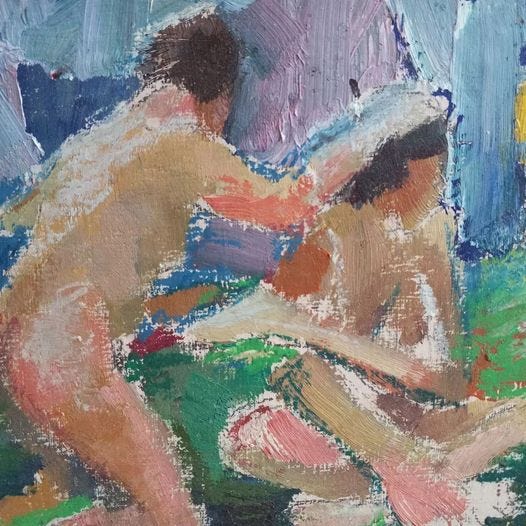

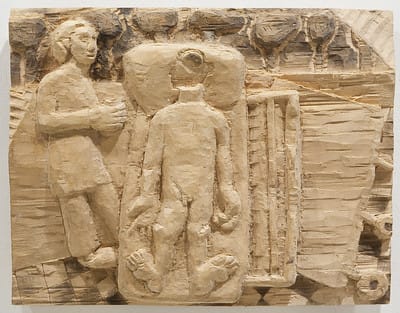
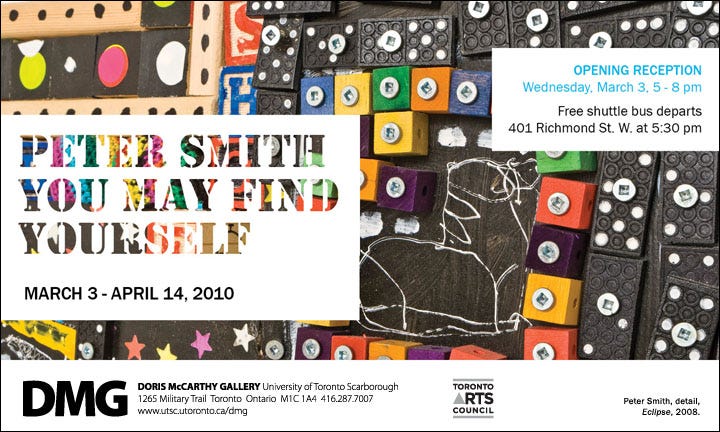
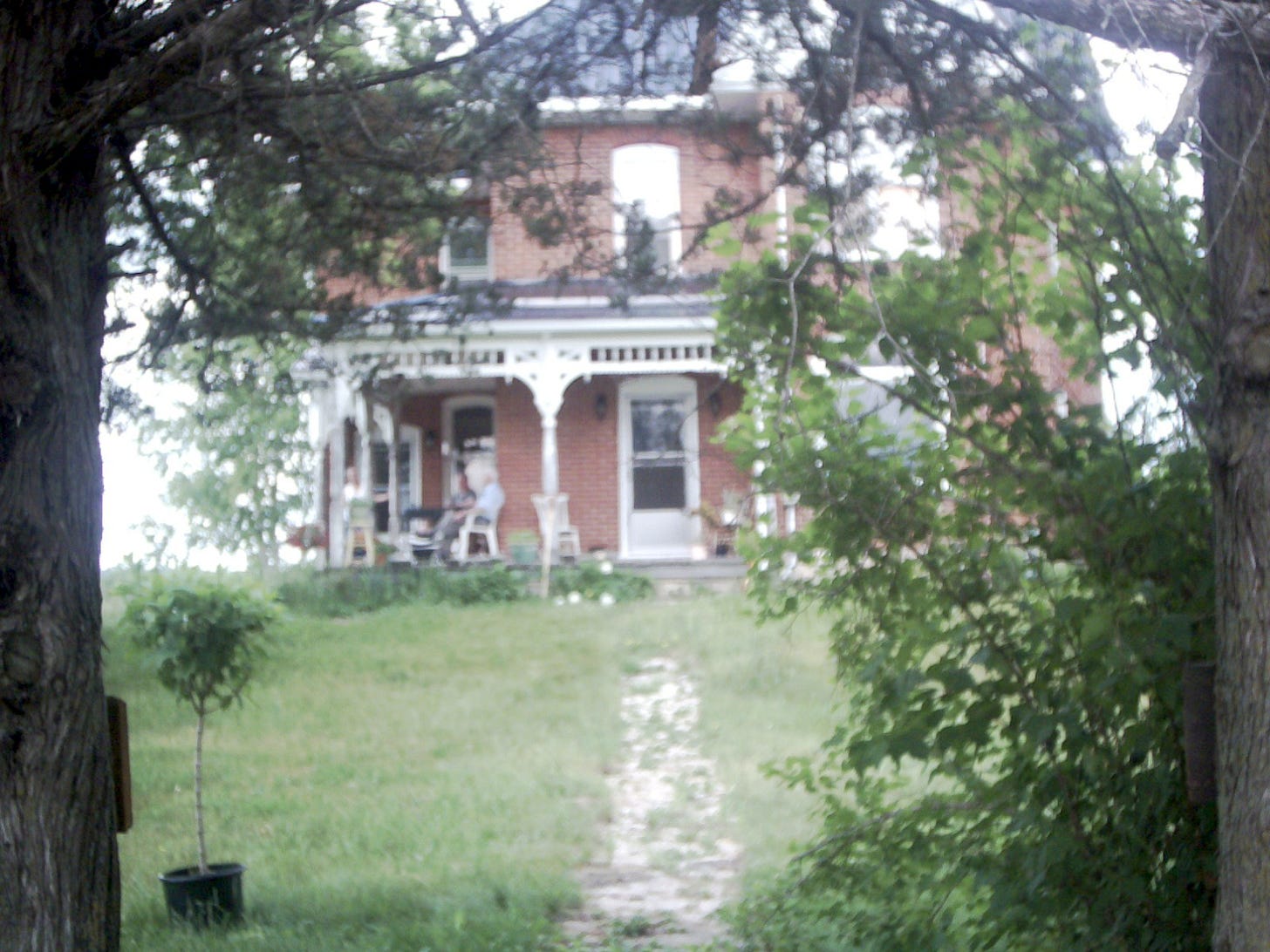
This particulary resonates with me, as I've been dealing with the delusional state of an ex, whom I can only seek external help for now, in a society scaled on exploitation and denial. They too, had artistic skills and otherwise might have had a very conventionally successful life, if not for the secrets and that denial, holding what passes for reality in place for many, to its tenuous foundations.
Love your brothers art & so many different style like the wood carving what a joy for you all to have Peters art displayed where it belongs.Thank you for sharing ❤️